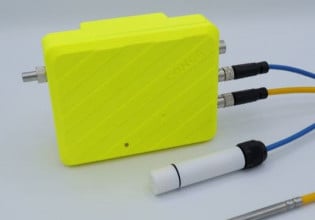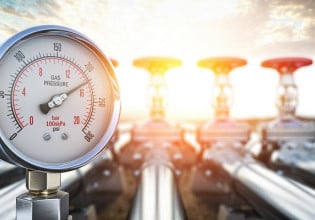N
We have two Westinghouse W251B11A gas turbines running HBTU+LBTU blended fuel. These machines remain on base load through out the year. Evaporative coolers were installed during the commissioning of these turbines back in 1999. Now we are planning to install wet compression technology for power gain. It has been reported that other Westinghouse machines have gained as much as 7MW by this method.
I was wondering if any of the members have experience of wet compression on their turbines. We are specially concerned about our compressor blades. Though they have additional coating but still injecting de-mineralized water directly into the compressor may cause some pitting or corrosion. What other things should i be concerned about?
I was wondering if any of the members have experience of wet compression on their turbines. We are specially concerned about our compressor blades. Though they have additional coating but still injecting de-mineralized water directly into the compressor may cause some pitting or corrosion. What other things should i be concerned about?






